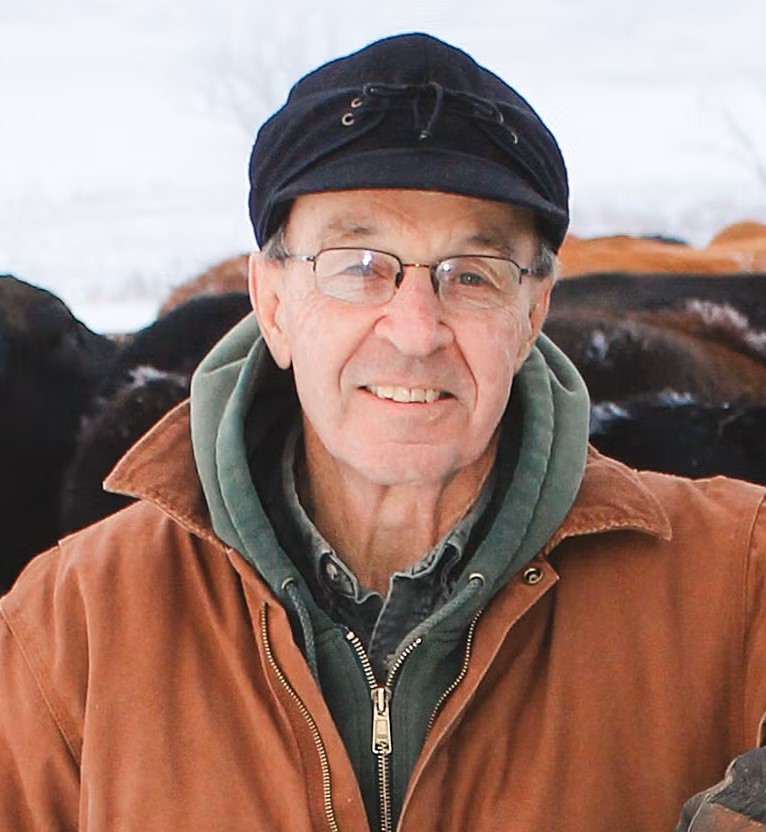
By Al Gustin
2012 NAFB Farm Broadcaster of the Year
In his monthly Farm ByLine column for North Dakota Living, 2012 NAFB Farm Broadcaster of the Year Al Gustin writes about the importance of AM Radio in reaching farmers and rural audiences. Reposted with permission from the publisher.
Picture this. It’s the 1930s. A middle-aged farmer, bib overalls and a plaid shirt, is sitting in a chair listening intently to the Cathedral-style radio on the table next to him. Through a nearby window, you can see ominous clouds approaching. That painting was commissioned by the National Association of Farm Broadcasting to salute farm radio. It depicts the immediacy of radio in an era when rural America was isolated.
One can’t underestimate the impact that AM radio had on farmers in those early years. For the first time, farmers and ranchers could get news, weather and market information in ‘real time.’
AM radio stations first went on the air in the 1920s. Farm programming was there from the start. KDKA in Pittsburg, Pennsylvania, the first station to get a commercial license, carried market information starting in 1921, added farm news in 1922 and hired its first full-time farm broadcaster in 1923.
KFYR AM Radio went on the air in Bismarck in 1925. KFYR AM radio is 100 years old! It was where I hung my hat for more than 40 of those years. An item in the Bismarck Tribune early in 1926 lists this KFYR radio programming schedule: 6:30 pm Dinner Hour Concert, 7:05 pm Weather and Markets, 7:15 pm Dance Music. Like many other radio stations, KFYR carried the National Farm and Home Hour in the 1930s and 40s, with live coverage of ag events, farm news and entertainment.
In the 1930s, the Federal Communications Commission (FCC) granted special licenses to what were called clear channel stations. These power-house broadcasters had exclusive rights to their frequencies and provided coverage, especially at night, to areas where there were no stations at all. In return, these stations were required to serve those mostly rural areas. They added farm programming.
For a century, farmers and AM radio have had a symbiotic relationship. So, it was cause for alarm when some of the major auto makers said a couple of years ago that they would no longer offer AM radio in their vehicles. Legislation was introduced in Congress to prevent that from happening. It’s not surprising that one of the chief supporters of the “AM Radio for Every Vehicle Act” is the National Association of Farm Broadcasting.
